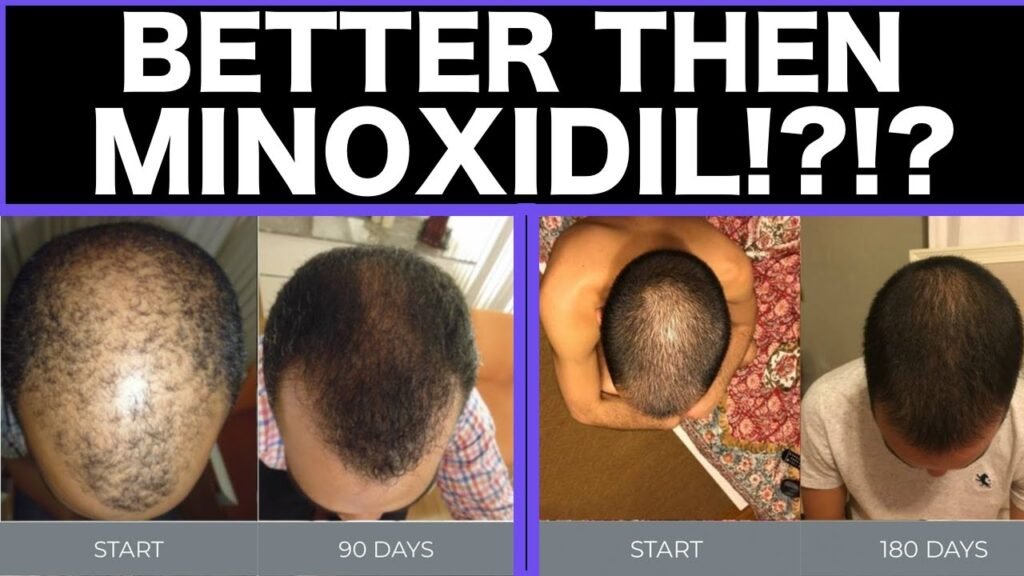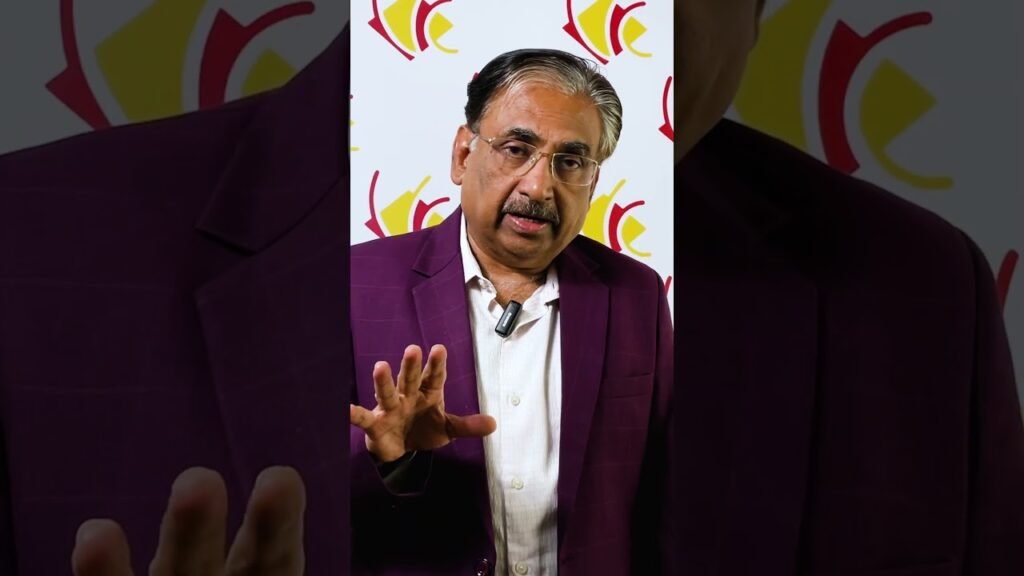Are you better off with Minoxidil vs nanoxidil
When it comes to combating hair loss, two prominent contenders often emerge: Minoxidil and Nanoxidil. Both are topical treatments aimed at stimulating hair growth, but they have distinct differences that might make one more suitable for you than the other. Minoxidil has been around for decades and is FDA-approved, making it a popular choice for many dealing with androgenetic alopecia. It works by widening blood vessels and opening potassium channels, which improves blood flow to the hair follicles, encouraging hair growth.
On the other hand, Nanoxidil is a newer alternative that has gained attention for its purported benefits and fewer side effects. Unlike Minoxidil, Nanoxidil has a different molecular structure, which is believed to enhance its absorption and efficacy in the scalp. This structural difference may also reduce the likelihood of experiencing common side effects associated with Minoxidil, such as scalp irritation and unwanted facial hair growth. For individuals with sensitive skin or those who have had adverse reactions to Minoxidil, Nanoxidil might present a more favorable option.
However, its essential to consider that while Minoxidil is widely studied and backed by extensive clinical trials, Nanoxidil lacks the same level of scientific scrutiny and FDA approval. This means that while many users report positive results with Nanoxidil, its long-term efficacy and safety profile are not as well-documented as those of Minoxidil. Ultimately, the choice between Minoxidil and Nanoxidil should be informed by personal needs, skin sensitivity, and consultation with a healthcare provider to determine the most appropriate treatment for your hair loss condition.


